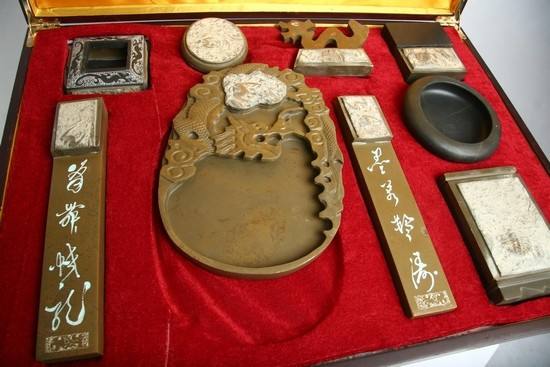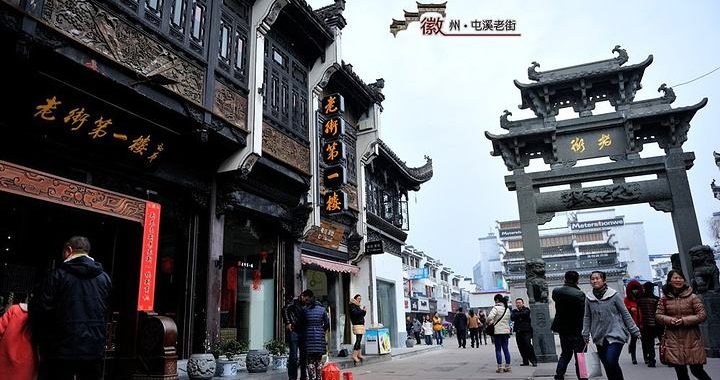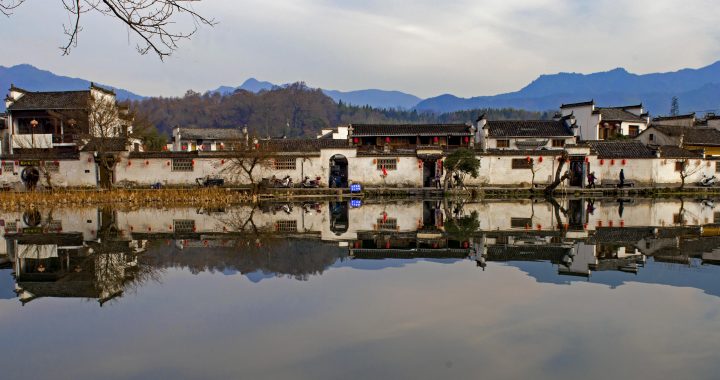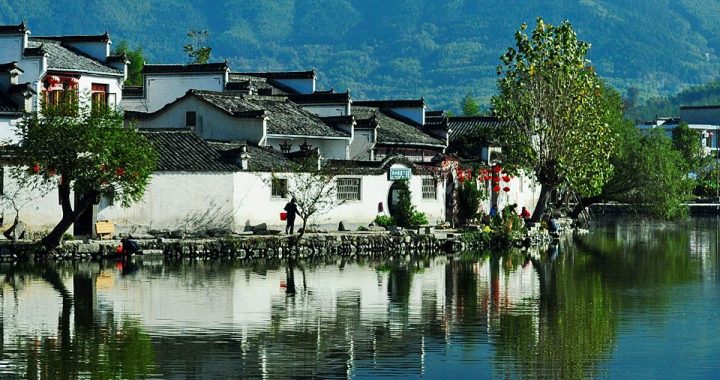White Walls and Black Tiles, Anhui
3 min readIn southern Anhui Province, civil residential complexes with white walls and black tiles dot the green fields and lush mountains. Acclaimed as living folk arts museums, these residences are outstanding symbols of villages and residences south of the lower Yangtze River. They may not appear so interesting at first glance, yet once you enter you experience the special beauty of simplicity and purity exemplified by this white and black world. Their profiles are lightly outlined against a background of green mountains and limpid waters; the white sands on the islets of the rivers extending and intermingling with the green in the distance; with streaks of looming mountains enveloped in clouds further away-all making for an idyllic, effervescent world.
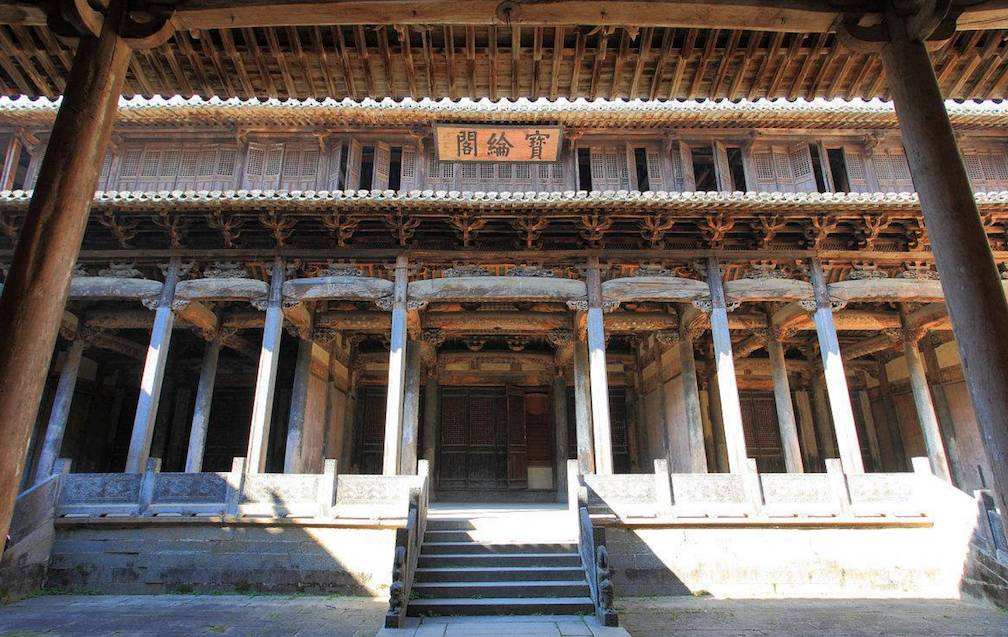
The remaining traditional residences today in southern Anhui Province were all built during the Ming(1368-1644) and Qing(1616-1911) dynasties, with special attention paid to their unique architectural style, strict layout and abundance of carvings. There are now45 well-preserved ancient villages, as well as a large number of valuable ancient houses in more than 7,000 sites. Residences in Xidi, Hongcun and Chengkan villages have combined to form a vast folk arts museum in the Huizhou style.
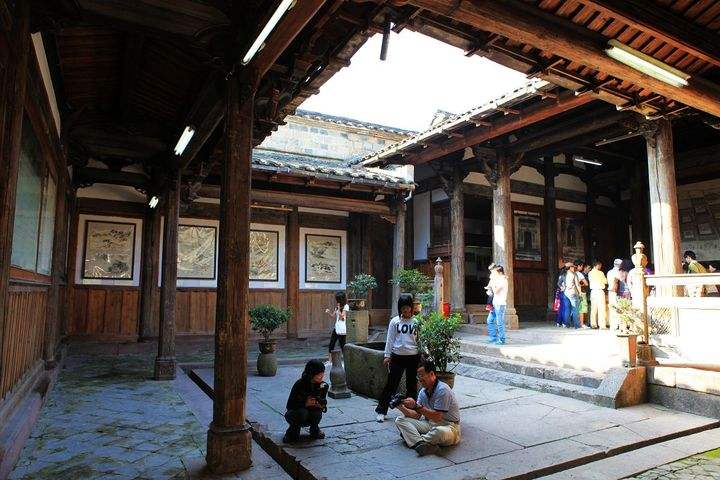
Xidi, acclaimed as the earliest village of Huizhou-style residences, is an ancient community constructed by the Hu family. One of the important buildings here is Lufu Hall, built in 1691, with very refined carvings. Inside the hall, the furnishings are warm, gracious and exquisite. The hall exudes a strong scholarly flavor, as suggested by its hanging couplets exhorting people to study hard, remain filial, and work diligently. The whole ambience displays the owner’s adherence to Confucianism.
Aresidentialhallin Huizhou, Anmui Province
Walking through the deep and serene alleys is a great pleasure. The alleys are stone-paved, flanked by high and erect white gables, or horse-head-shaped wall tops, as special structures and features of the Huizhou-style residences.A village here is usually home to generations of families with the same surname. As the housing density is high, and most of the houses are built of wood, gables are specially built high to prevent the pread of any fire that might break out. The gables are much higher than the walls of the houses and uneven in height, yet evoke a sense of momentum as if in flight. This sense of mobility adds vibrancy to the crowded and closed village. Standing on higher ground, one gets a panoramic view of the whole village: the white gables rising high in midair looking vitally powerful.
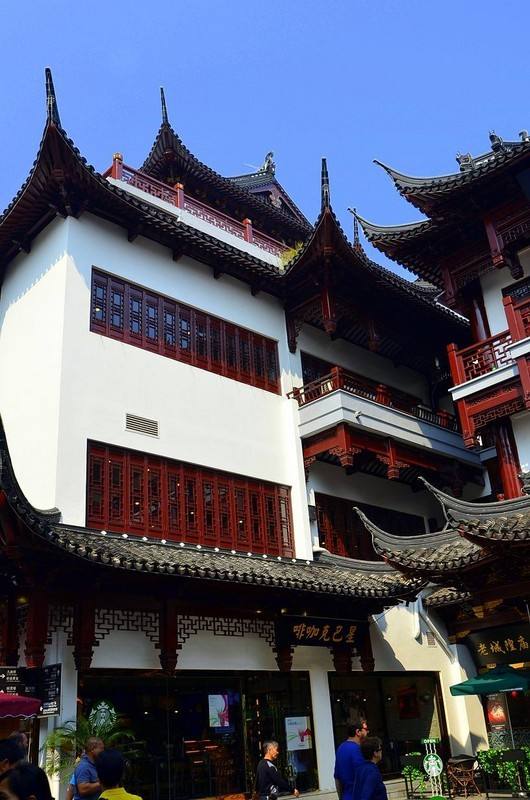
The tianjing, or patio, is another feature of a Huizhou-style residence, which usually consists of two courtyards: one being outside the residence, and the other inside. The inner yard, or tianjing as locals call it, can collect both water and energy according to Huizhou people, and is thus regarded as a symbol of accumulating fortune. Therefore, rich families attached great importance to the construction of the inner yard when they built the houses. The inner yard is formed of the walls and eaves of surrounding houses, like a funnel; thus rain and melted snow fall into the yard. This inner yard is a haven for the residents, who grow flowers, enjoy fish in aquariums and listen to the rain here.
A water system is very important in residential areas, and especially so for these Huizhou-style residences, which were usually built at the foot of mountains. Diverting springs from the high mountains to each household is how Huizhou people have solved the problem of drinking water. Hongcun Village, listed as a world cultural heritage site, is famous for its special water system. There are several hundred families living in this village, which has a layout in the shape of an ox-agriculture and oxen being closely related in China. Water flows down fromthe mountains behind the village, and meanders along streams through stone bridges and to each household, and finally into the Moon Pool. After being filtered in the pool, the water again flows on, out of the village to the low-lying South Lake. The streams here symbolize the intestines of an ox, with the pool as the stomach, and the lake as the belly. This is an interesting design for a water system.
